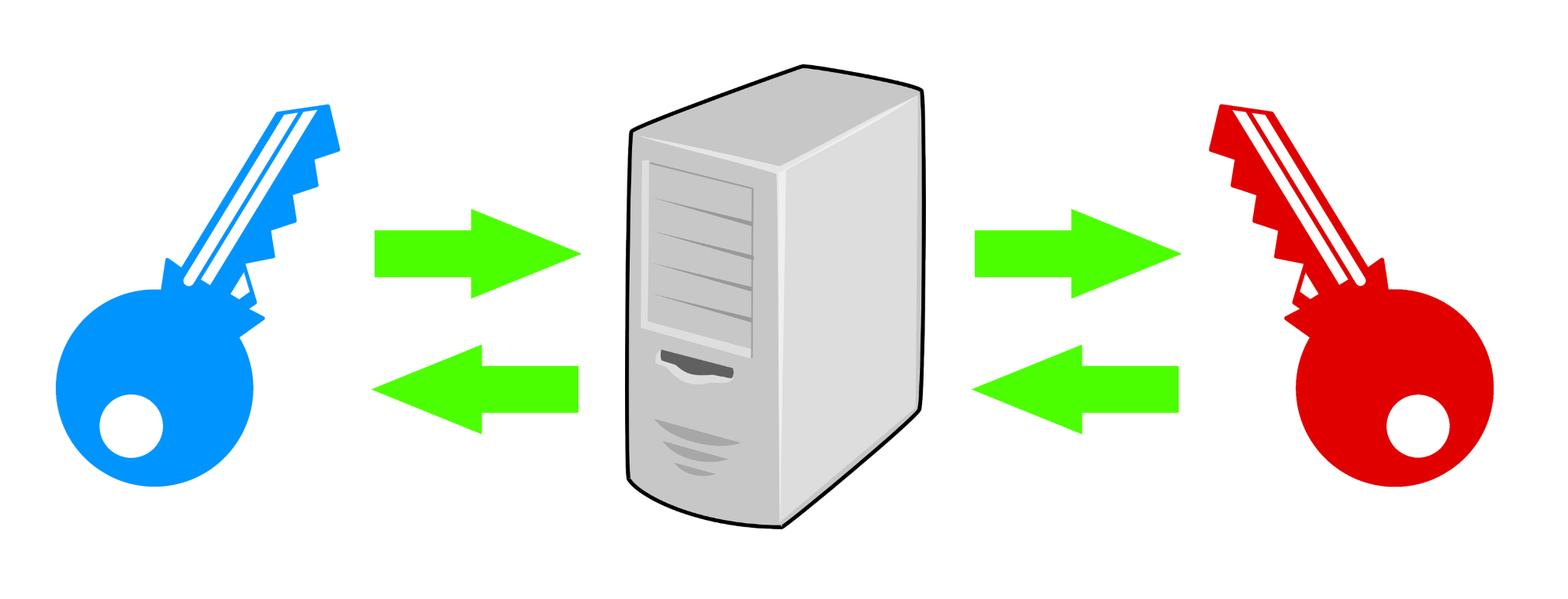|
P100
LOADING...
#Sync Your Data Across Multiple Devices Using Digital Chip Card Locker
#How to securely share login details with the same username between different devices
#One device for one username
By default, we only have one device from which we can log in with the specified username. Any attempt to log in from another device with a different IP address, or device identification string will be rejected.
In order to log in to the system from multiple devices using the same username, we need to provide the server with information on how to identify those devices by synchronizing their login details.
#How to distinguish devices
Each device is represented by a different ID string and/or IP address, which is the data that the server needs to recognize in exchange for granting the device permission to access the system.
#Use DCCL technology to enable multiple logins
We actually need to transfer the login credentials from device to device and then forward them to the server for further processing.
The user is assumed to have direct access to all devices from which they want to send a login request.
The login details are sensitive and must not be at risk of interception or misuse during transmission, so tokens will be used instead. DCCL technology utilizes tokenization by adopting a series of digits underlying the data transfer process between two desktop or mobile devices at a short distance.
#Send a token request to the server
The user sends a token request using the primary device (i.e., the device that is already logged in).
The client will request as many tokens as there are new devices asking for permission to log in to the system.
#How is DCCL involved?
#How is the token encrypted?
The token is created on the server as a series of digits and encrypted with a ready-made DCCL key to prevent interception and misuse by unauthorized parties.
The token is decrypted with the same DCCL code after it is retrieved by the intended recipient.
#Where are the tokens stored?
The generated tokens are stored in a secure location on the server, offline and out of reach of cyberattacks.
#Manage your token with one click
The user picks up the device they want to log in from using the same username. For example, the primary device is a smartphone, and the other device is a computer. The user enters the digits representing the token displayed on the phone screen into the corresponding field on the computer screen and sends them to the server for verification.
#The decision has been made
The server is yet to verify whether the string of digits that make up the token exists in the database.
If the string exists, the public data of the device accessing the system (IP address, data identification string) is recorded, while the login request is considered accepted. If it does not exist, the login request will be rejected.
#Tokens are single use only
After processing, the token is removed from the server for security reasons. If someone intercepted the series of digits during transmission, they will no longer be able to misuse it.
#100% effective and 101% safe
The entire process takes only a few seconds, including the time it takes for the server to digitally process the token. Everything is clean, clear, efficient, and above all, secure.
|
